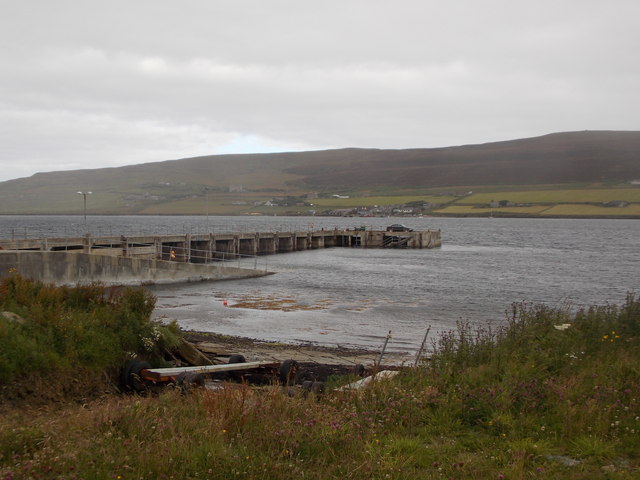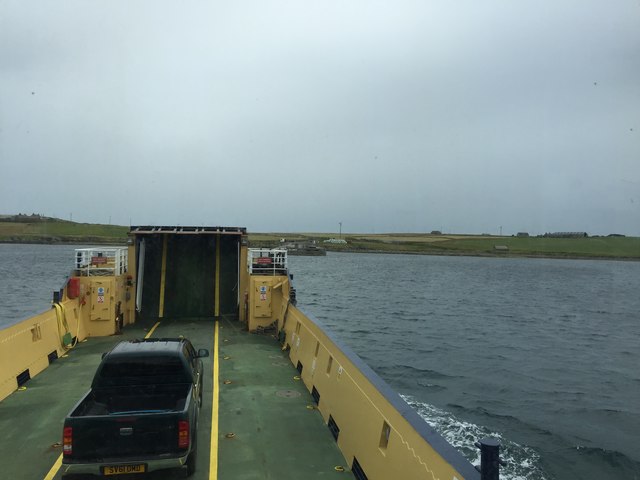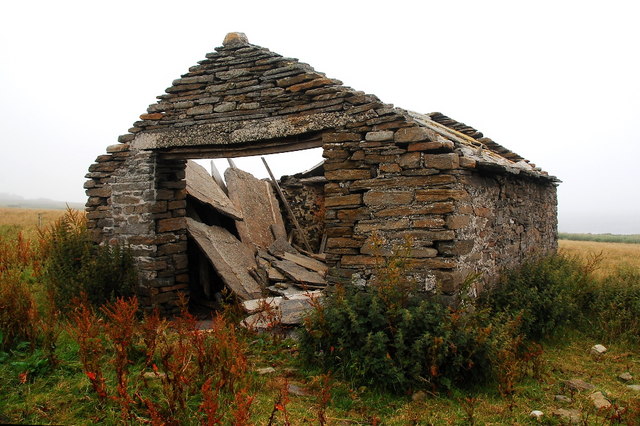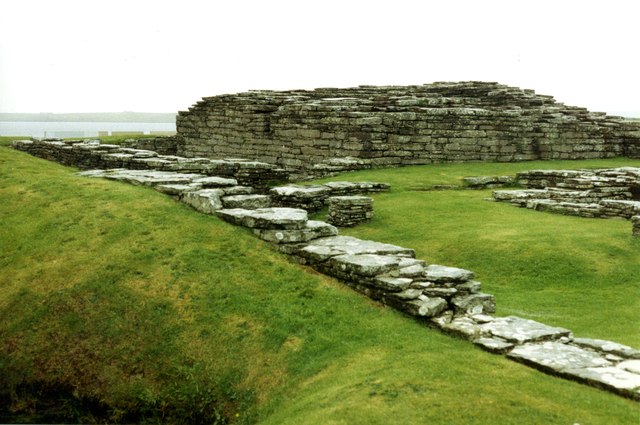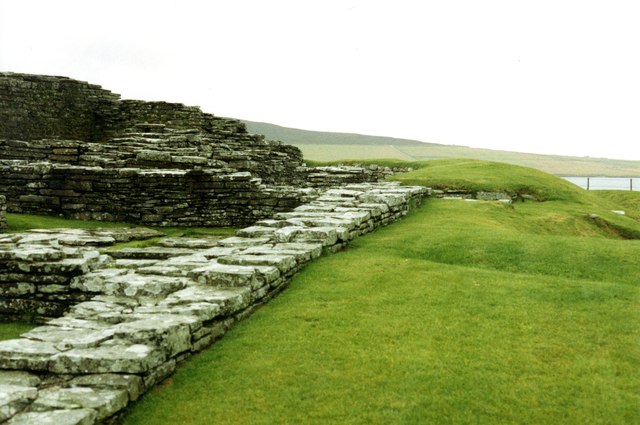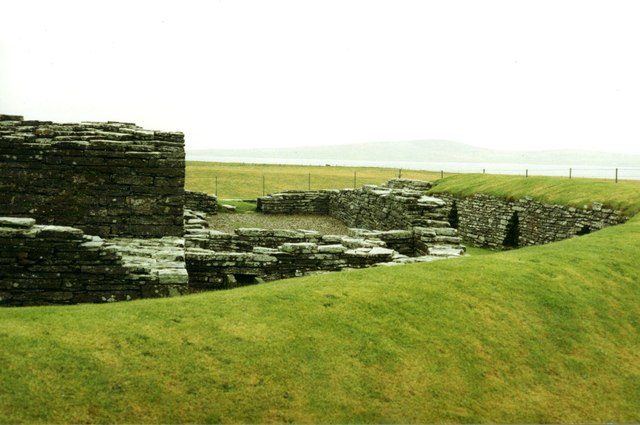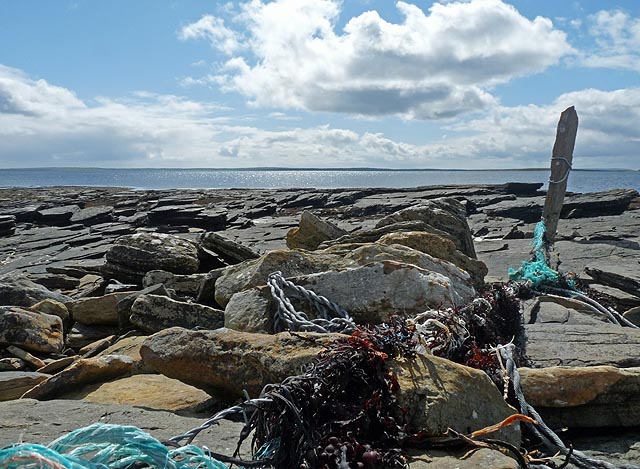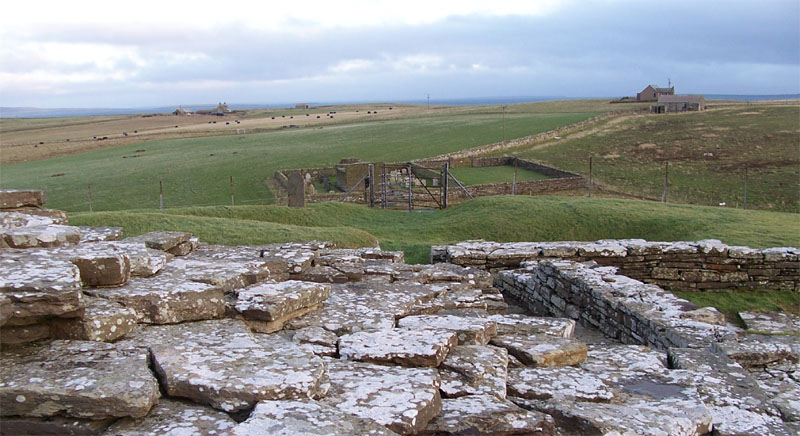Point of Hellia
Coastal Feature, Headland, Point in Orkney
Scotland
Point of Hellia
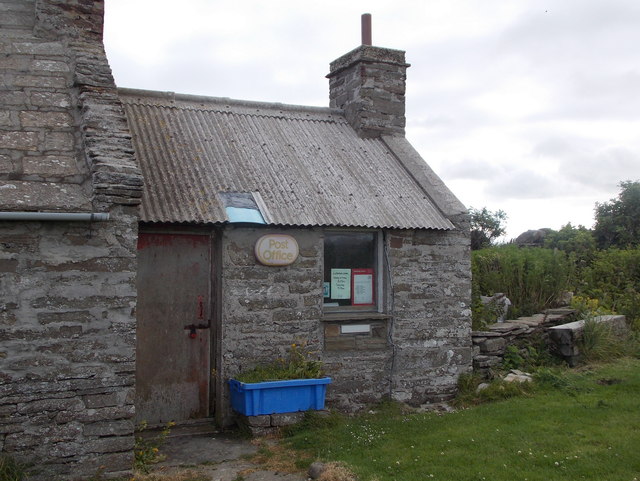
Point of Hellia, located in Orkney, Scotland, is an impressive coastal feature that boasts a picturesque headland and a prominent point jutting out into the North Sea. Situated on the east coast of Mainland Orkney, this natural formation offers breathtaking views of the surrounding landscape and the vast ocean.
The headland at Point of Hellia is characterized by towering cliffs that have been shaped by the relentless power of the sea over thousands of years. These cliffs reach impressive heights, providing a dramatic backdrop to the crashing waves below. The rocky terrain and rugged coastline make it a popular destination for outdoor enthusiasts and nature lovers.
At the tip of the headland, the point itself is a prominent feature, extending into the North Sea and offering a panoramic view of the surrounding waters. The point is often buffeted by strong winds, adding to the sense of drama and natural beauty of the area. During low tide, visitors can explore the rock pools and admire the diverse marine life that inhabit the area.
Point of Hellia is also known for its rich history, with archaeological remains dating back thousands of years. The nearby Brough of Birsay, an ancient Pictish and Norse settlement, adds to the historical significance of the area.
Overall, Point of Hellia in Orkney is a captivating coastal feature that showcases the raw beauty of nature and offers a glimpse into the rich history of the region.
If you have any feedback on the listing, please let us know in the comments section below.
Point of Hellia Images
Images are sourced within 2km of 59.115377/-2.9544252 or Grid Reference HY4525. Thanks to Geograph Open Source API. All images are credited.

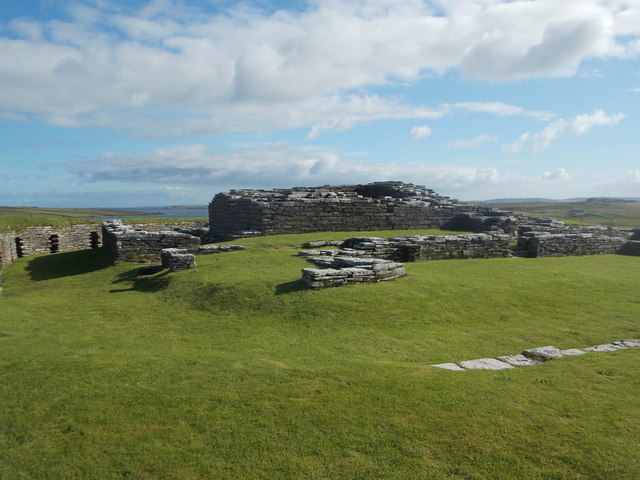
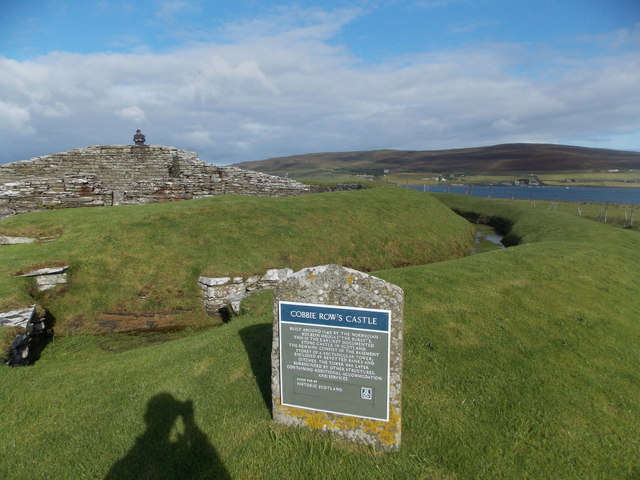
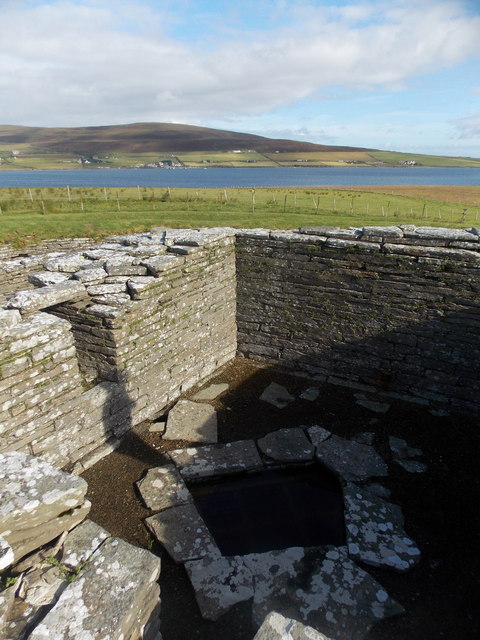
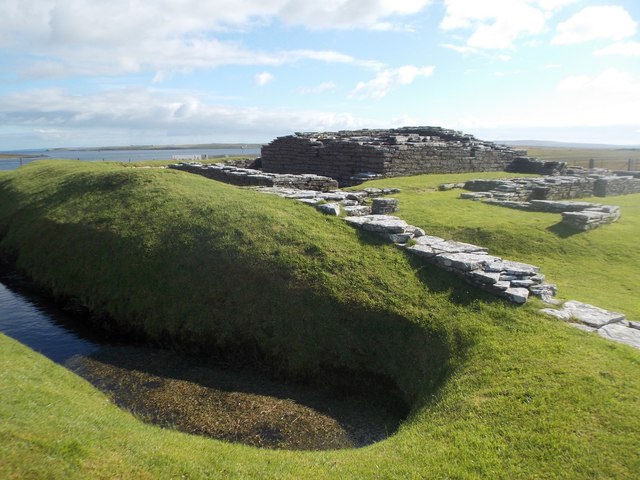

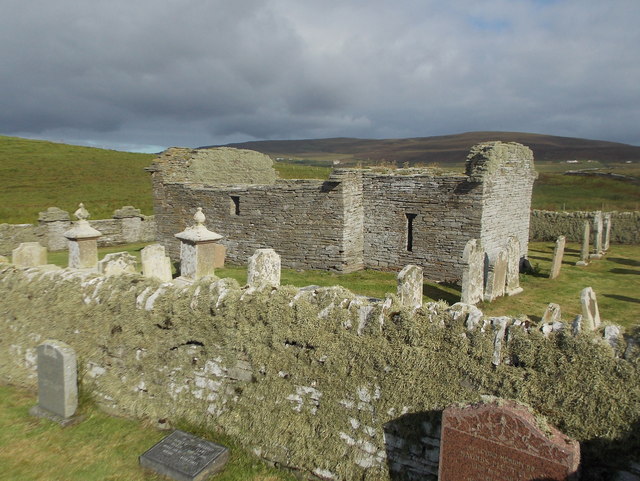
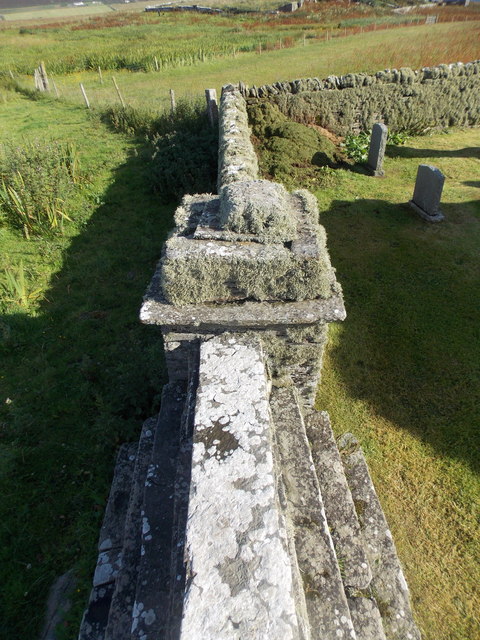
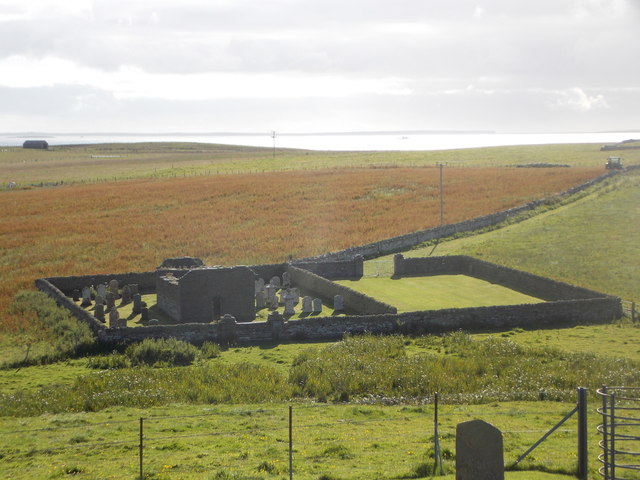
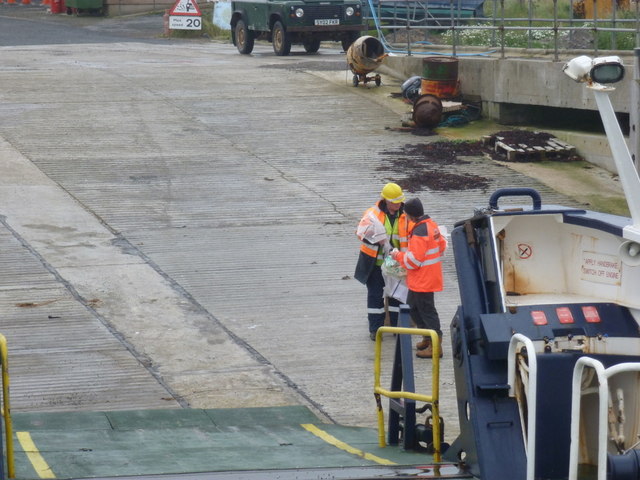
Point of Hellia is located at Grid Ref: HY4525 (Lat: 59.115377, Lng: -2.9544252)
Unitary Authority: Orkney Islands
Police Authority: Highlands and Islands
What 3 Words
///meanders.drives.pets. Near Brinian, Orkney Islands
Nearby Locations
Related Wikis
Wyre, Orkney
Wyre (historically known as Viera and Veira) is one of the Orkney Islands, lying south-east of Rousay. It is 311 hectares (1.20 sq mi) and 32 metres (105...
St. Mary's Chapel, Wyre
St. Mary's Chapel is a ruined 12th century chapel found on the island of Wyre, in Orkney, Scotland. It is thought to have been built by a Norse chieftain...
Cobbie Row's Castle
Cobbie Row's (or Cubbie Roo's) Castle is the oldest medieval castle known to exist in Scotland. The castle ruins are located on the island of Wyre in Orkney...
Brinian
Brinian is a village on the island of Rousay, in Orkney, Scotland. Trumland is situated to the west of the village, with Taversöe Tuick nearby. Brinian...
Nearby Amenities
Located within 500m of 59.115377,-2.9544252Have you been to Point of Hellia?
Leave your review of Point of Hellia below (or comments, questions and feedback).
